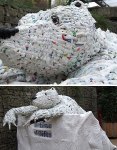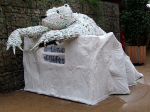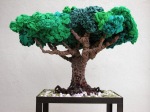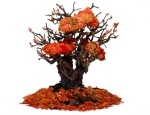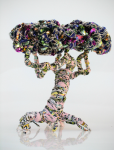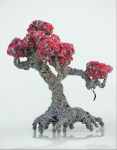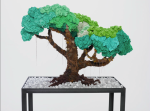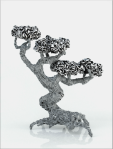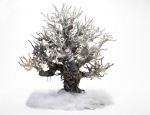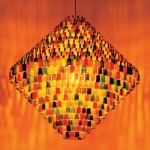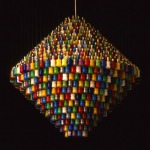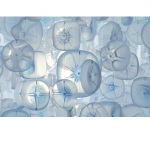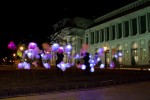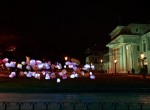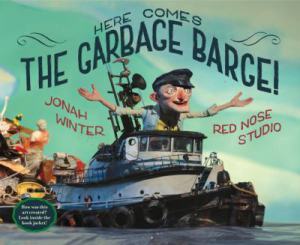We have seen many artists that have used there creative ability to turn a piece of art into a political message about environmentalism and sustainability. Now imagine an entire room that is filled with these beautiful messages. I wonder where I would begin if I had an exhibition to create.
I would need to find artists that focus on this topic, but who or whom. Would I want to focus on one point of sustainability or try and tackle a wide variety. How would I find or create work to go inside when I’m only a student. I could put out a call for artists or artworks in the area that would address the issue of sustainability or would I create a more informational exhibition or how about a mix of the both. In a sense the entire exhibition would be one message, one big fight to show the world about sustainability and how we can make simply adjustments to help keep this planet been.
and that’s where I need to start. The most important thing is finding out what my message will be. As my research has progressed I have found that this country like many others have an issue with waste and what to do with our waste whether be recycling or landfills.
All of the artists I have researched in some form of another have dealt with this very issue. And because this issue effects everyone in the world I believe that all can hear and where to start but on a university campus.
So how I’m I going to get people involved and what am I even going to show or illustrate. This is where my research of artists have helped. Steven Siegal and David Mach are two artists that I have talked about and used a similar way to portray a message of sustainability. One way I believe I could bring there ideas and my ideas together in a gallery is to collect as much recycled material on campus and showcase it the centre of the gallery. All of the collected recycled material would be “housed” in a net or some sort of walls that would draped down from the ceiling creating a “room” filled with all of the campuses recycled material. I believe this could visual showcase this issue of recycling and waste. It would show students the amount of material we go through daily that needs recycled. Now how would a “house” the material? I could use a net or some sort of clear material where you can see the amount of recycled products. I will need to do more research on this. I think something for me to keep in mind is using sustainable material for creating these walls.
Any suggestions would be greatly appreciated.
There is much more I need to think about, but this is a start.
If anyone has an ideas or suggestions about an art exhibition about sustainability please comment below.
Thank you,
Reduce, Reuse, Recycle

